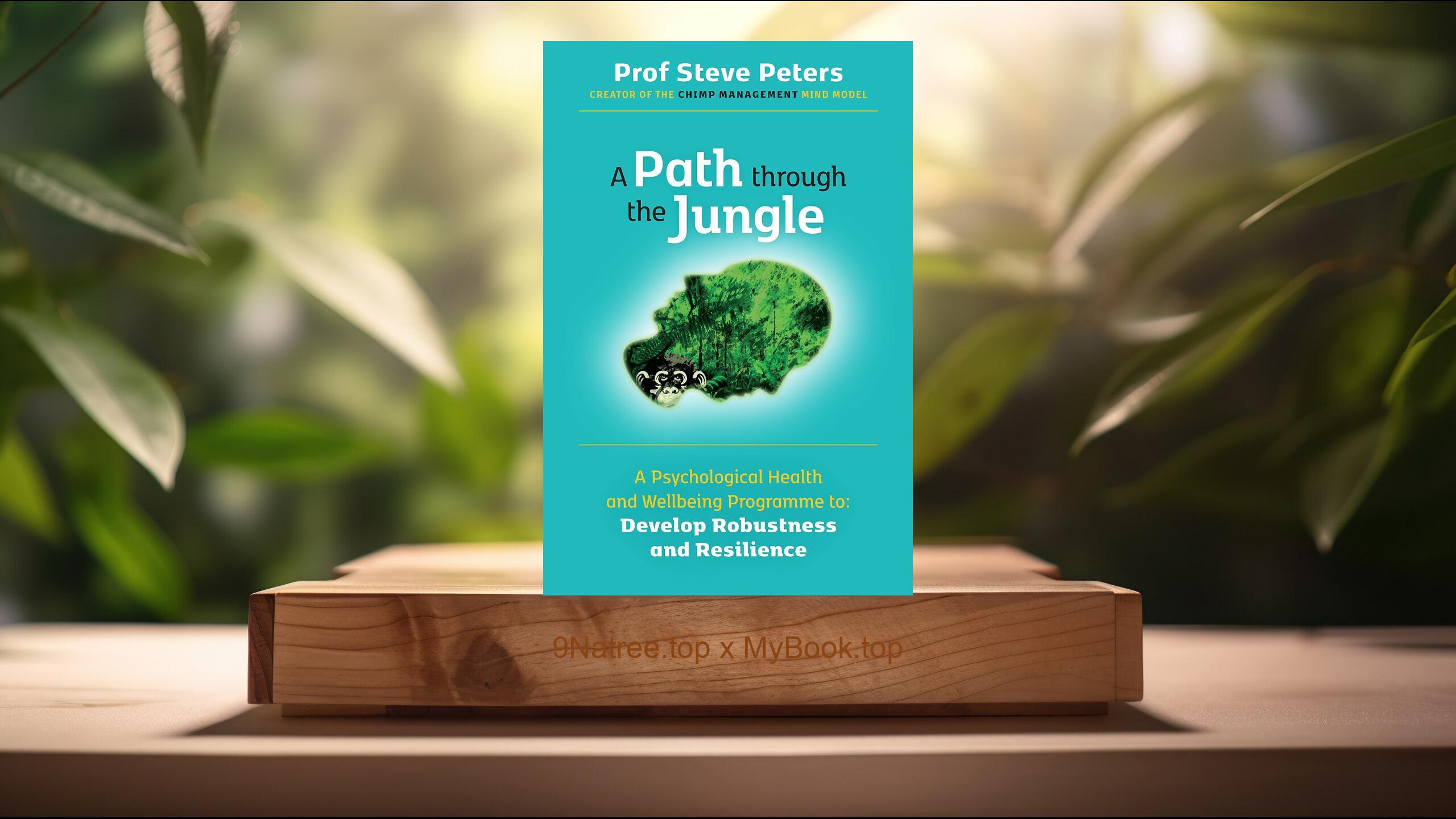Show Notes
- Amazon USA Store: https://www.amazon.com/dp/B002NT3B52?tag=9natree-20
- Amazon Worldwide Store: https://global.buys.trade/Inside-of-a-Dog%3A-What-Dogs-See%2C-Smell%2C-and-Know-Alexandra-Horowitz.html
- Apple Books: https://books.apple.com/us/audiobook/inside-of-a-dog-unabridged/id1439487383?itsct=books_box_link&itscg=30200&ls=1&at=1001l3bAw&ct=9natree
- eBay: https://www.ebay.com/sch/i.html?_nkw=Inside+of+a+Dog+What+Dogs+See+Smell+and+Know+Alexandra+Horowitz+&mkcid=1&mkrid=711-53200-19255-0&siteid=0&campid=5339060787&customid=9natree&toolid=10001&mkevt=1
- Read more: https://mybook.top/read/B002NT3B52/
#caninecognition #dogbehavior #olfactionandscent #umwelt #humandogcommunication #enrichmentandtraining #InsideofaDog
These are takeaways from this book.
Firstly, Seeing through a dogs umwelt, Umwelt is the idea that every species occupies a sensory world built from what it can perceive and what matters for survival. Horowitz uses this concept to shift the reader from a human centered view to a dog centered one. For a dog, the world is stitched together by smell first, then movement and pattern, with sound and vision playing different roles than they do for us. The sidewalk is a bulletin board of messages, a park is a shifting archive of who passed by and when, and a home is a tapestry of family odors. By stepping into this umwelt, everyday behaviors gain new meaning. Sniffing a lamppost is information gathering, not dawdling. Spinning before lying down may be a comfort routine tied to position and scent. Even the way a dog greets you prioritizes your scent over your face. This reframing grounds the books practical advice and invites more patient, respectful interactions.
Secondly, The nose as the primary sense, Horowitz details how canine olfaction dwarfs ours in sensitivity and resolution. Dogs possess hundreds of millions of scent receptors, a moist nose that captures odor molecules, and airflow patterns that separate inhalation from exhalation to keep scents within the nasal passages longer. They can smell in stereo, comparing nostrils to locate direction, and they sample at high frequency during sniffing, building a map of odor gradients in real time. The vomeronasal organ adds a channel for social and biological cues, from stress hormones to reproductive status. This capacity underlies feats like tracking, medical alert, and detection of tiny chemical changes. In daily life, it means a single walk is equivalent to reading a neighborhood newspaper. The book urges allowing long sniff sessions, scent based games, and calm exploration, arguing that enrichment begins with opportunities to use the nose. Curtailing sniffing can be like asking a reader to close their eyes in a library.
Thirdly, Vision, movement, and how dogs read scenes, Compared with humans, dogs see fewer colors and less fine detail, but they excel at detecting motion, especially in low light. Horowitz explains that dogs likely view the world in blues and yellows more than reds, and their visual strengths align with their heritage as crepuscular hunters and social readers of bodies. They are adept at interpreting posture, orientation, and subtle shifts in movement, which is why your lean, reach, or step can communicate more than a spoken command. Dogs also read faces, but often as part of an overall body pattern paired with scent and sound. This makes consistency in our signals crucial. When our body language contradicts our words, dogs tend to follow the clearer signal of movement. The book suggests arranging environments and routines to reduce mixed messages, using exaggerated motions when teaching new behaviors, and recognizing that from a dogs vantage point, stillness and calm can be louder than talk.
Fourthly, Play, social signals, and human dog communication, Play is not frivolous in canine life. It is a laboratory for learning rules, testing boundaries, and negotiating roles. Horowitz highlights the play bow as a key signal that frames rough actions as friendly, and she describes how dogs self handicap, pause, and resume to keep play fair. These patterns reveal social intelligence and help owners spot when play is going well or tipping into conflict. The book also examines cross species communication. Dogs are unusually tuned to human pointing, gaze, and routines, yet we often miss their signals, such as turn away requests, lip licks, yawns, or shake offs that say I need space. By observing more and talking less, we can avoid pushing dogs into discomfort and build trust. Horowitz offers practical tips: invite rather than compel interaction, reinforce calm investigation, and use play as a reward and relationship builder. Understanding signals makes training clearer and daily life more harmonious.
Lastly, Cognition, time, and the mind of the dog, Inside of a Dog explores what and how dogs know. Rather than human style reasoning, dogs excel at learning patterns, predicting routines, and tying cause to effect through repetition and salient outcomes. Their sense of time is interwoven with scent and sequence. As odors dissipate, dogs may infer how long someone has been gone, which helps explain anticipatory behaviors before a usual arrival. Memory in dogs is powerful for relevant events and actions, especially when reinforced by context and emotion. Horowitz distinguishes between over interpreting behavior as guilt or spite and reading the real cues of stress or expectation. She also discusses enrichment as cognitive support: novel scents, problem solving games, social walks, and training that rewards curiosity. The emphasis is on designing a life that matches canine minds, not pushing them into human molds. When we scaffold learning with clear signals, fair feedback, and ample sniffing, dogs become more confident, focused, and adaptable.
![[Review] Inside of a Dog: What Dogs See, Smell, and Know (Alexandra Horowitz) Summarized](https://episodes.castos.com/660078c6833215-59505987/images/2209083/c1a-085k3-wwpjz1ops16-9sydta.jpg)




